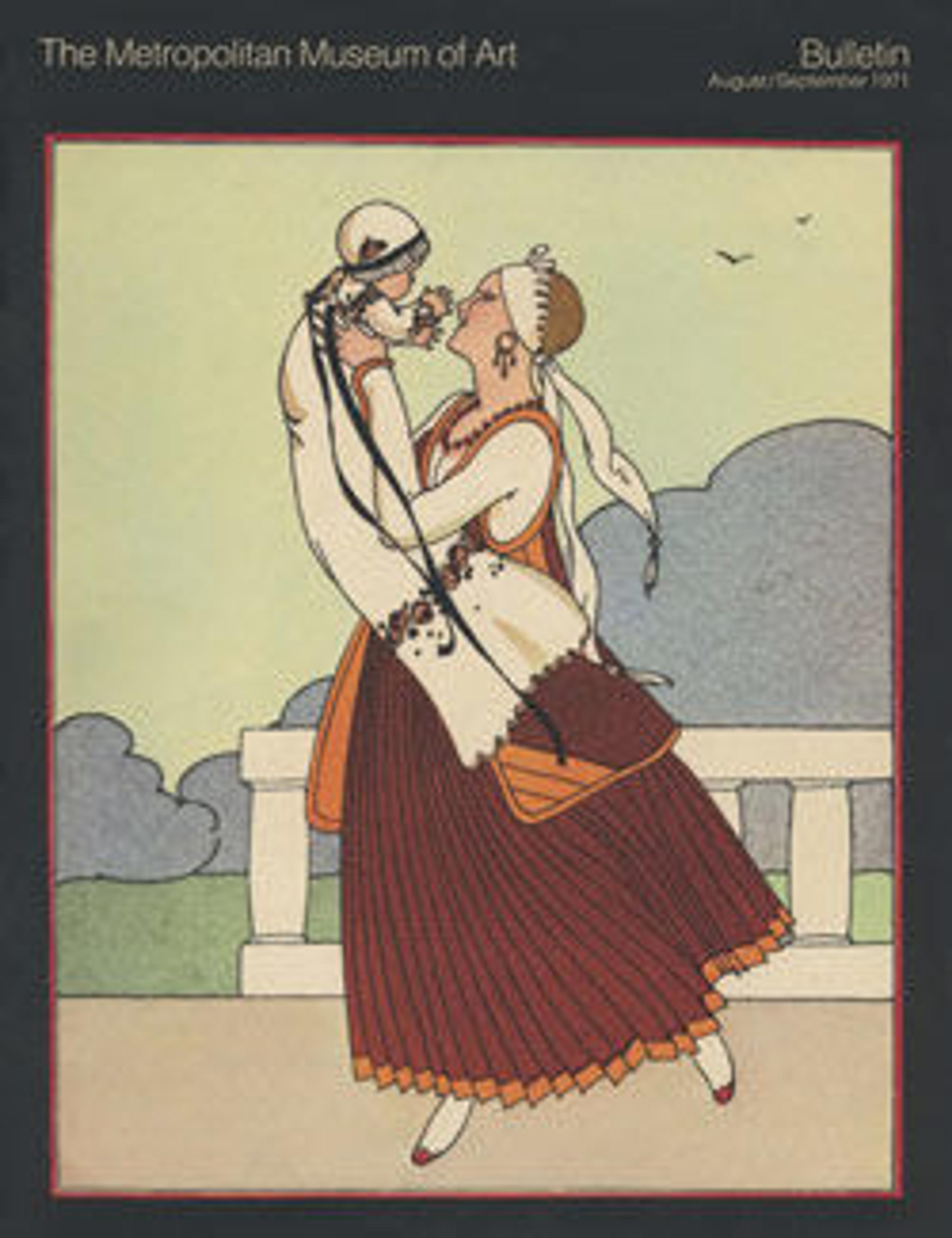Suit
A gentleman’s embroidered suit was a very expensive item of dress in the eighteenth century, principally because of the amount of skill and labor required to produce it. In France the guild of embroiderers carefully controlled the industry. Only a master embroiderer could make up the designs and designate the types of stitches to be used. Although women did most of the actual work, they were prevented by law from becoming masters in their field, a designation reserved for men only. Once a design was completed by the master, apprentices transferred it to the silk or velvet sheet that was already stretched on a large wooden frame. When this was laid flat, a number of embroiderers could work on a suit at the same time. An English lady visiting Lyons in 1784 left the following entry in her journal: "At the manufacture of all the very rich stuffs for furniture and for very fine embroidery. A very richly embroidered satin suit of clothes for men, about seventeen or eighteen Louis. We saw the pattern of one in velvet, with fake stones set in silver, like diamonds disposed upon it like embroidery, which they had made for Prince Potemkin, and had cost 1,000 Louis, it must have been frightfully heavy." Embroidery of garments reached its apogee in the last quarter of the eighteenth century. The industry was completely disrupted by the French Revolution, and the subsequent slackening of demand for embroidered garments delivered the final blow.
Artwork Details
- Title:Suit
- Date:ca. 1770
- Culture:probably British
- Medium:silk
- Credit Line:Purchase, Irene Lewisohn Bequest, 1961
- Object Number:C.I.61.35a–c
- Curatorial Department: The Costume Institute
More Artwork
Research Resources
The Met provides unparalleled resources for research and welcomes an international community of students and scholars. The Met's Open Access API is where creators and researchers can connect to the The Met collection. Open Access data and public domain images are available for unrestricted commercial and noncommercial use without permission or fee.
To request images under copyright and other restrictions, please use this Image Request form.
Feedback
We continue to research and examine historical and cultural context for objects in The Met collection. If you have comments or questions about this object record, please contact us using the form below. The Museum looks forward to receiving your comments.
